The United States Airforce is one of the most recent branches of the U.S. military. Initially, a part of the United States Army, it was created on the 18th of September 1947 under the national security act of 1947. With 5000+ aircraft, 450 ICBMs, 63 dedicated satellites, employing more than 1/2 a million personnel and a budget of $161 billion ( greater than the combined military budget of Canada and China) it is undoubtedly the most lethal, technologically advanced and formidable force there is. Operating some of the most modern equipment from 70+ bases spanning 3 continents and with military aircraft present, across all the continents, at any given point of time the dominance of USAF can hardly be questioned. The airforce has been involved in almost all the major conflicts across the globe and played a crucial role in turning the tide in its favor. Ever since its creation, it has been a technology-driven force engineering itself out of tight spots or challenging scenarios. Be it in the form of SR-71 Blackbird or the B-2 Spirit, the USAF has built and flown what the rest could only dream of. From operating nuclear-tipped Surface to Air Missiles (Nike Hercules, just in case the Soviets staged a mass air attack), building a super-computer entirely of 1700+ PlayStation (Condor Cluster) to having the ability to track Santa (NORAD Santa Tracker) or any missile launch across the globe they can do it all.
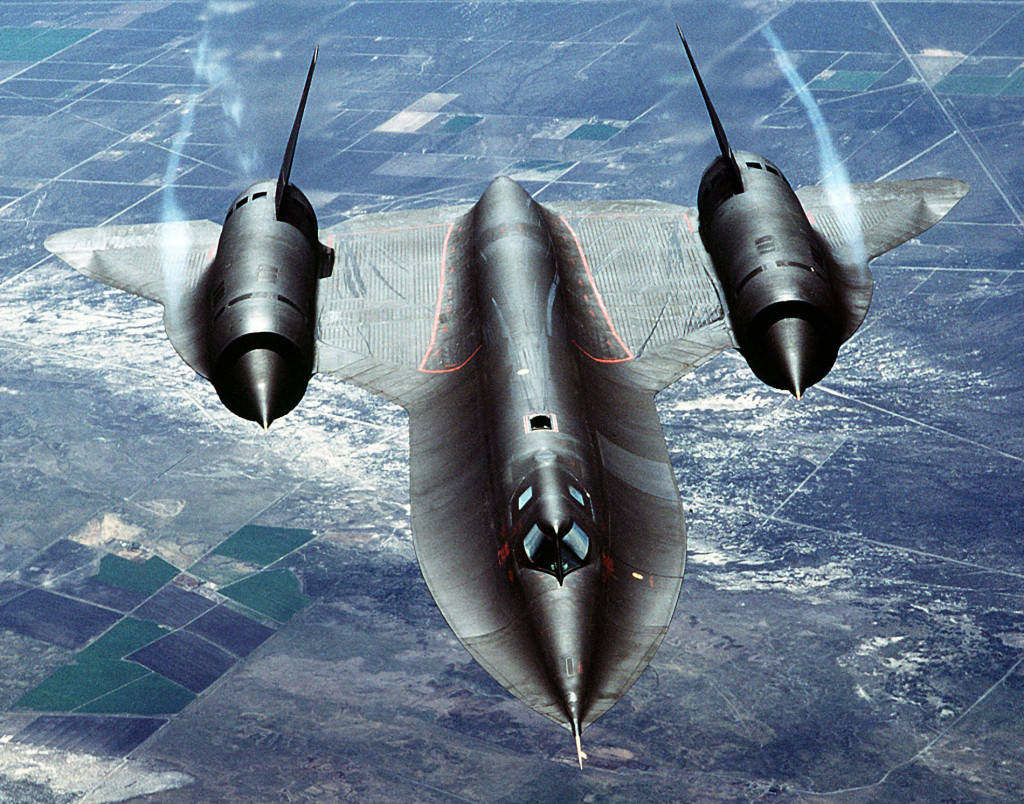
While these mean machines and cool technologies may fascinate us, they burn a huge hole in taxpayers pockets and are not particularly cheap to own, maintain and operate. The B-2 bomber for example, at about 2.1 billion dollars a piece (including R&D cost) sets the USAF back about 160,000 $ for every hour it spends in the air. But it never did bother the DoD (Department of Defense) for the United States was in a state of war and these were considered to be credible deterrents and all expenses deemed as necessary war costs. The fun fact here, though is that America has been in at war with one entity or other, foreign or domestic for 93% of the time – 222 out of its 239 years of existence- since 1776. In fact, no U.S. president qualifies as a peacetime president and the only time U.S. went five years without war (1935-40) was during the isolationist period of the Great Depression followed by WW-II. Somehow the United States have always found a way to wage war against one entity or the other, this, in turn, has kept the huge wheels of defense industry turning churning out ever more advanced weapons of war. The annual US military budget at 576 billion dollars is 9 times greater than that of Russia (the supposed arch nemesis) and accounts for 54% of all the federal discretionary spending.
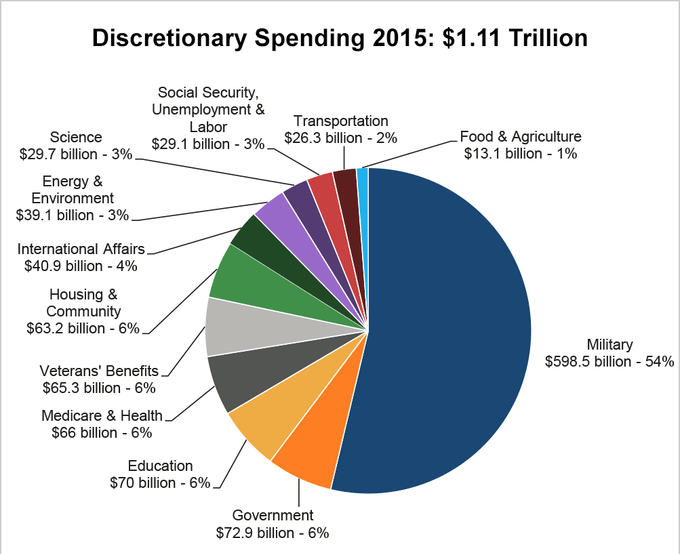
The USAF until recently had never had to worry about budget constraints or facing public outcry for the enormous sums of money it spends on developing new weapons platform. But the recent fiasco surrounding the F-35 and other new platforms in the pipeline has turned a lot of heads. Turns out the whole 5th generation fighter hype is actually an engineering and economic nightmare, the technology is not ripe enough to replace the existing aircraft. The USAF in simple terms is overengineering itself into crisis and warfare, and overengineering never blend well. To put it in perspective the Tiger tanks built by the Germans during WW-II were far more advanced than the American Sherman or Pershing tanks but proved to be overengineered and could not be produced in sufficient quantities owing to cost, material and manpower constraints. Outnumbered several is to one by the allies they failed to do their duty, and we all know the outcome of WW-II. Fast forward to 2017 and the F-22 Raptor is history repeating itself. At a tally of 187 production aircraft, the production line of F-22 Raptor was dissolved in 2011 owing to high cost and lack of air-to-air missions. With potential cost of restarting the production line running into several million dollars, it has become a potential white elephant. The supposed marvels of technology suffered from “shorts and failures in sophisticated electrical components” due to rain when posted in Guam and requires 43 maintenance man-hours per flight hour costing 69,000 $ per flight hour ( 3 times that of F-16). The famed raptor could not even successfully cross the international date line on its first overseas deployment let alone breaching enemy lines. For an aircraft costing 300+ million dollars a unit (including R&D) being marketed as the future of aerial warfare, these stats are not particularly encouraging. Not only is this aircraft expensive to fly but it also poses a threat to those who fly it. The persistent oxygen issue which lead to fleet-wide grounding has still not been resolved, and pilots more often than not report decreased level of alertness or memory loss after landing.
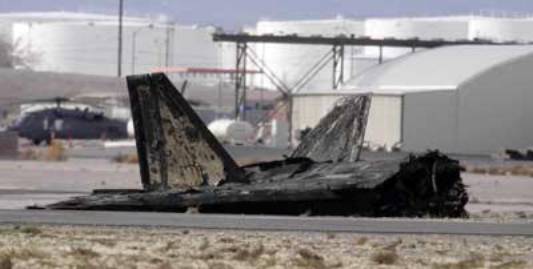
That right there was the crown jewel of the USAF, an aircraft so grossly over engineered that no one knows what to do with one. All this nonetheless comes at the expense of battle proven platforms left for the dead and forced into early retirement. If we look at the F-35 it is a no different story, in fact, the issue here is even more severe. Built as a weapon system that would reduce expenditure, at a lifecycle cost of 1.5 trillion dollars has earned its spot as the most expensive weapons system ever. The designers intended it to serve as a common platform between the navy, air force and marines instead it has ended up serving as the butt of all military jokes. With pilots describing it as stubby, fat, underpowered and unrealistic no one really knows if it could ever deliver on its promises. The F-35 was built to replace the F-16s and A-10s and also help the USAF reduce the cost of operation by having a common platform to serve as a ground attack as well as an interceptor aircraft. But it can neither compete with them concerning cost or performance. The F-35 project has become a sore thumb for the USAF, being portrayed as a game changer. Simply because the high sunk cost and political momentum has made the F-35 program too big to kill.
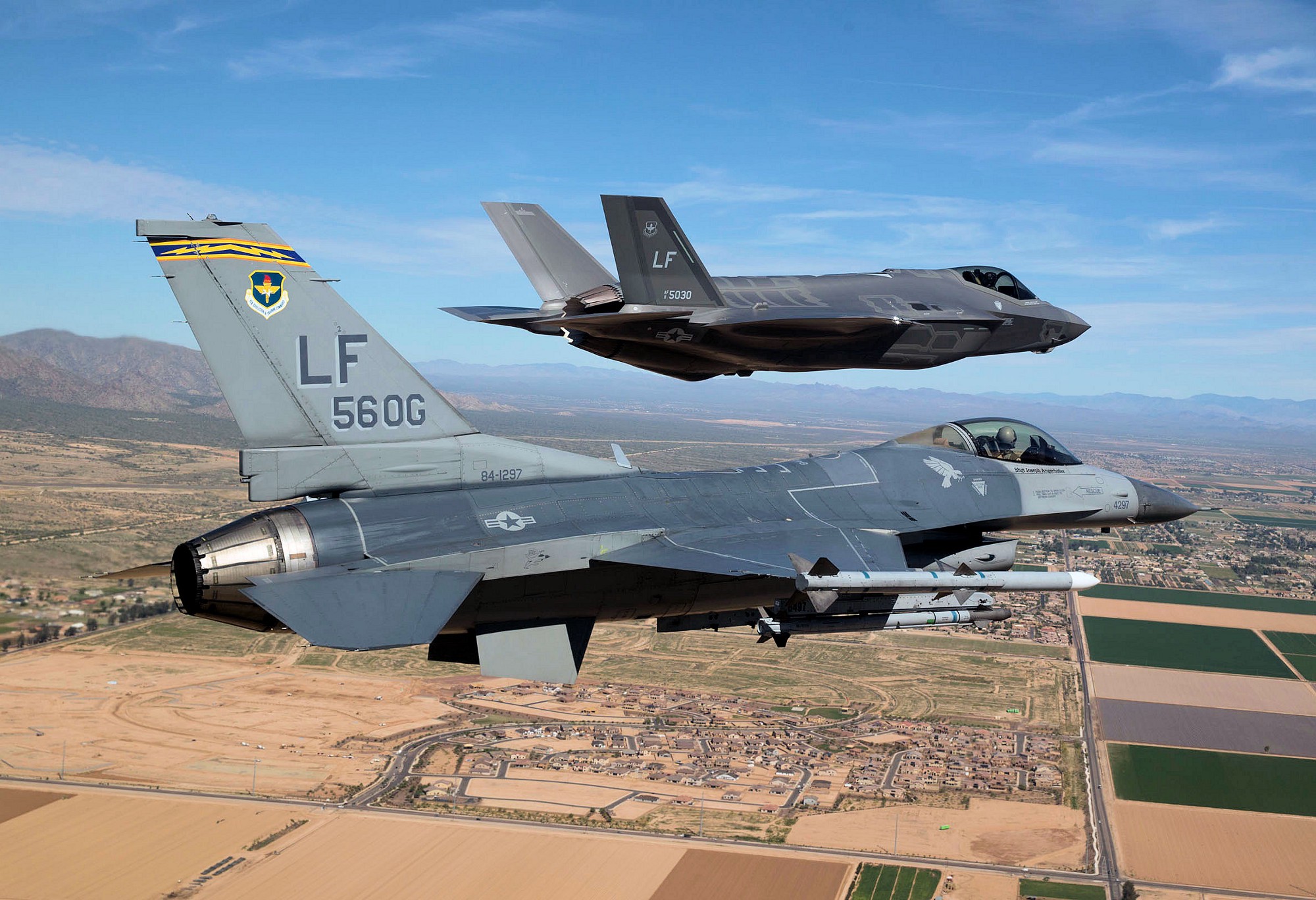
While many in the defense industry would like to raise a valid point that the technological advancements brought in by these planes will have an enormous impact on all the future aircraft. But at a point when the USAF is forced to ground several squadrons and reduce flight time due to budget constraints does it really need such platforms? Why does it have to spend billions overengineering platforms to perform tasks that could have easily done with a much cheaper and equally robust platform? Take the A-10, for example, the F-35 can barely provide CAS (close air support) like the A-10s can and the cost associated with an F-35 makes it too expensive to get down and dirty. At more than a 100 million dollars a piece, these fighters are too expensive to actually fight. Instead of lean and mean fighting machines they have become more of a propaganda tool, leaving most of the heavy work to the older F-16s and F-15s. Yet for reasons unknown, the USAF like a stubborn child is pursuing its ambition of operation 5th generation fighters resulting in an overall reduction of strength and readiness due to its inability to replace its aging fleet at the required rate. While one can never be too sure of the strategic planning that goes behind such decisions, a long term investment into over engineered products coupled with the rapid growth of the Chinese airforce might just prove fatal for USAFs dominance in the theater of war.

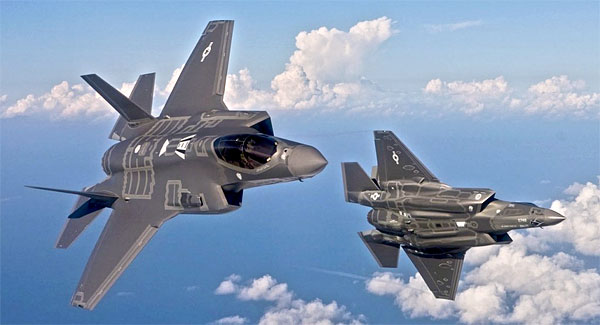

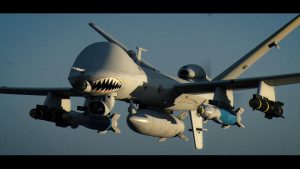
A very insightful analysis. Appreciate your frank views and logical analyses. Now with President Trump baying for more defence spending, expect more over-engineered white elephants.
Bookmarking your blog!
Thank you so much for the appreciation means a lot. Please do read some of my other articles as well.
Certainly Akash. I am deeply appreciative of your interest in aviation and your depth of knowledge. I have been a pilot for over two decades and say this with confidence 🙂
Appreciate your good efforts. Its quite natural that world’s best airforce to maintain their air dominance, need to spend. Dog fight may not be the one single factor to judge 5th gen fighters as it got stealth. Few countries started investing on 6th gen fighters. SR-71 technologies would be of great importance for 6th gen.
Keep up your momentum Akash?
Thank you for your appreciation. I shall certainly try and explore the other aspects of 5th gen fighters and learn more about the 6th gen fighters.
This is the first time I have ever heard “over-engineered” as a bad thing. Normally that just means “tough” (albeit heavier). Somehow the author doesn’t want to use a term like “sophisticated,” which has a positive connotation. Sophisticated is not bad in itself, but you have problems when things are UNDER-engineered, and therefore fail.
Also — modern aerial warfare is not about dogfighting. It is about penetrating ground-to-air defenses and avoiding air-to-air missiles. Someone tell me, when was the last near-peer shoot-down with guns? If all we have are F-15s, F-16s &, A-10s, we will never even get TO the fight.
It is one way to look at it. But given the budget constraints and the type of cuts that are being imposed “over-engineered” products are not really required. Also please take into consideration the cost over runs and the reason why F-22 are no longer produced.
Me like, will read more. Thanks!
Great, google took me stright here. thanks btw for post. Cheers!
Control of the skies is a non negotiable defense capability. I say spend whatever is necessary for as long as necessary.